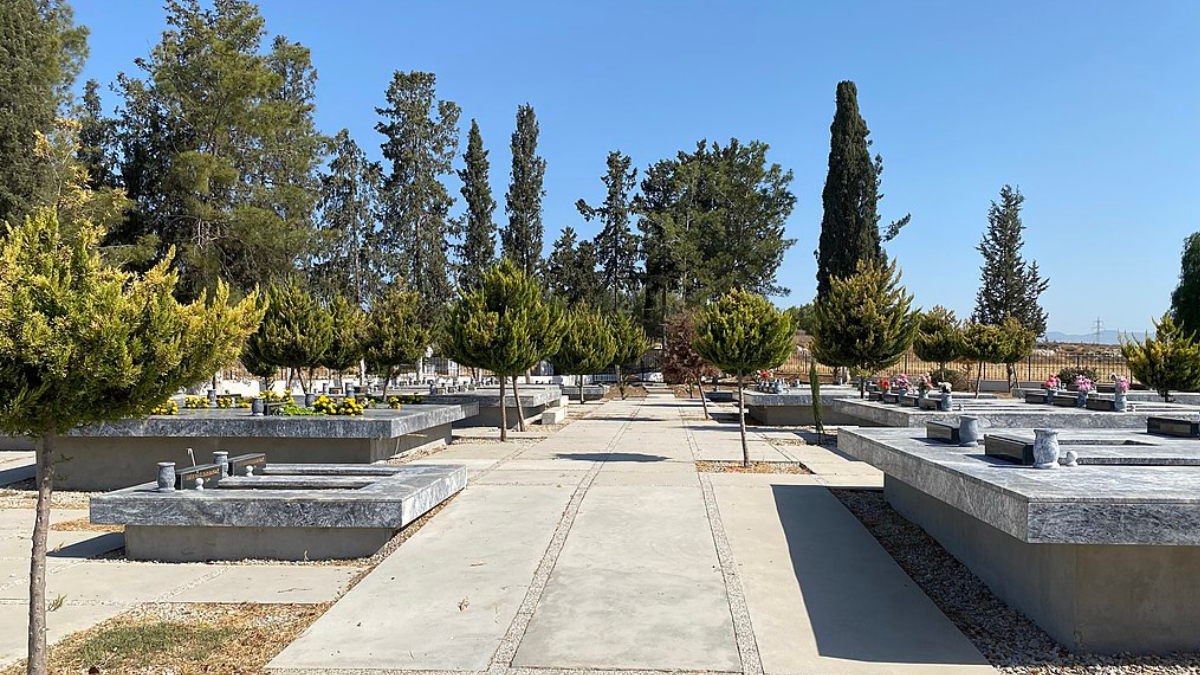Plans are being made to exhume a mass grave in Cyprus dating back to the savage violence, led by Greek Eoka Terrorists, that wracked the island nearly 50 years ago.
The aim is to identify the remains of missing women and children massacred at Atilar in Northern Cyprus and return their remains to their families so they can be buried in accordance with their religious beliefs and traditions.
The move to bring closure to the horrors of the conflict between Greek and Turkish Cypriots, which triggered Turkey’s military intervention in 1974, will today (Friday) win the endorsement of the leaders of the divided island.
The President of the Turkish Republic of Northern Cyprus, Ersin Tatar and Greek Cypriot President Nikos Christodoulides will jointly visit the organisation responsible for identifying the total of 2002 people who went missing during the fighting of 1963 to 1964 and the events of 1974 on the island.
In a rare joint appearance, the two leaders will visit the Anthropological Laboratory of the Committee on Missing Persons (CMP) to highlight its effective humanitarian work – an organisation which has been insulated from politics since its formation more than forty years ago.
The CMP is a bi-communal body established in 1981 by the leaders of the Greek Cypriot and Turkish Cypriot communities with the participation of the United Nations. Following the establishment of an agreed list of missing persons, the CMP’s objective is to recover, identify, and return to their families, the remains of 2002 persons (492 Turkish Cypriots and 1,510 Greek Cypriots), murdered by Greek Cypriots who went missing.
During their visit, President Tatar and President Christodoulides, will be briefed about the work of the laboratory and are expected to reiterate their support for the humanitarian work of CMP and urge credible witnesses who may have information about the burial sites to come forward.
The visit comes as the excavation of the Atlılar mass grave site in North Cyprus looks set to begin. Women, children and the elderly were massacred by Greek Cypriots who then buried them in a mass grave in Atlılar in August 1974.
The CMP consists of three Members, two appointed respectively by the Greek Cypriot and Turkish Cypriot communities and a third Member selected by the International Committee of the Red Cross and appointed by the United Nations Secretary-General. The Committee employs a bi-communal forensic team of more than 60 Cypriot archaeologists, anthropologists and geneticists, who conduct excavations throughout the island and anthropological and genetic analyses of remains at the CMP Anthropological Laboratory.
CMP does not attempt to establish the cause of death or attribute responsibility for the death of missing persons. Its objective is a humanitarian one, bringing closure to thousands of affected families through the return of the remains of their missing relatives.
A recent visit by a Portuguese Socialist MEP on behalf the EU to find out more about the CMP came under fire for only visiting the Greek Cypriots. Despite countless invitations to visit the TRNC to find out more about the missing people in Northern Cyprus, Isabel Santos MEP refused and was widely criticised for taking a political stance on a non- political issue.

